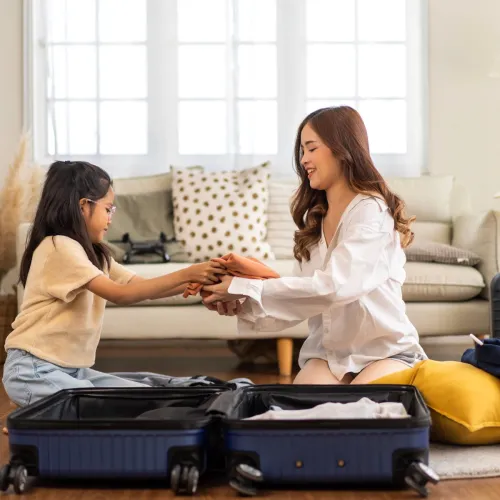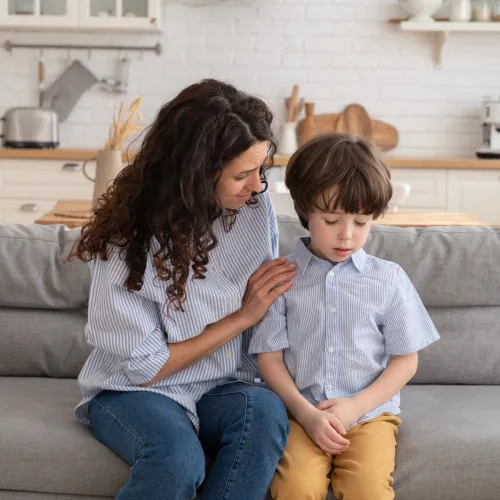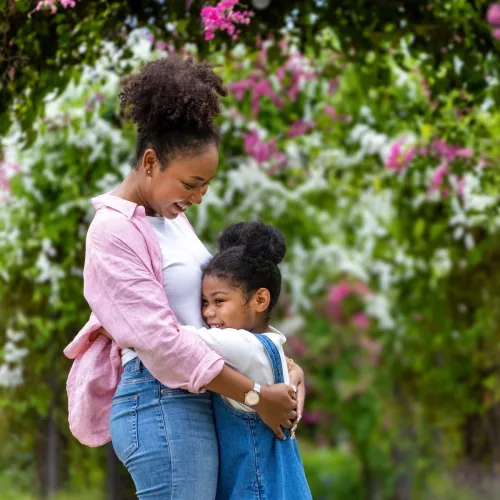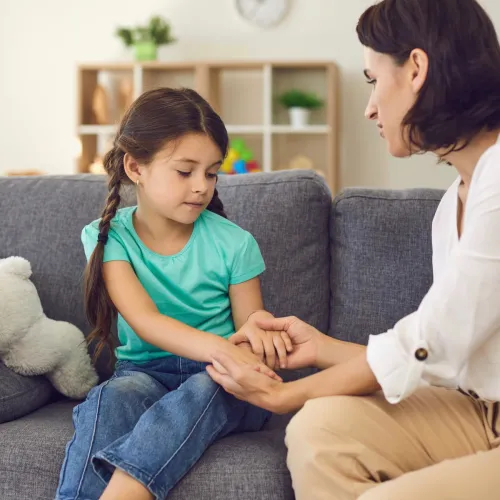Co-Parenting an Adopted Child

Divorce can be particularly difficult for adopted children, many of whom are dealing with the deep and abiding scars left by a lack of familial stability during their early lives. When parents break up, these scars can be reopened, unleashing the memory of prior traumas and forcing a child to experience the loss of a secure family all over again.
It can also be particularly rough on parents. Either implicitly or explicitly, when two people make the decision to adopt they almost always commit themselves to provide a loving, secure home for their child, one that will stand the test of time. Obviously, divorce throws a big wrench into that promise. It’s not uncommon for parents with an adopted child to feel a particular shame or guilt about getting divorced. It’s easy to feel like you’ve “failed” your child.
Divorce requires a further commitment. While you and your spouse are no longer committed to one another, you must both commit to cooperating as loving parents of your child.
Be honest with your child. If possible, sit down together and explain how much you love him or her. Getting a divorce won’t change that. Yes, it will change living arrangements and it will probably change how much your child is able to see both of their parents. But the basic fact of an abiding love will remain.
Work together to maintain the rules and rituals that were established when you shared a home with your spouse. Adopted children often thrive in structured environments, because it lends a sense of stability to a life that, in many cases, was once tumultuous. Translating this structure to your separate homes is really important. What we’re trying to do is provide children with a consistent set of expectations. And maintaining reasonably-similar routines at both homes will make transitioning from one house to the other much easier for your child.
Of course, your two homes aren’t going to be identical. They’ll probably be very different, but where your child is concerned, the big brush-strokes should be similar.
Sit down with your spouse and develop an action plan. How much are we going to stress school work in our homes? When is bedtime? What activities or behaviors will we prohibit? How will we determine the consequences for breaking the rules? Your answers to these questions don’t have to be the same, but they should fall within a similar range. You don’t want one house to become a chore-free zone, while the other starts looking like a prison. Try to keep things as even as possible.
At the same time, don’t get too involved in ironing out the details. It’s impossible to maintain two identical homes, especially now that you and your spouse have decided to mature apart from each other. It’s about the major goals, not the minutiae. And be open to learning from your spouse’s experiences. If something works in their house, maybe it’s time to adopt a new strategy in your own.
Remember that, as your child ages, the rules will have to change. Don’t make big changes on your own; talk to your former spouse about tackling the challenges of the adolescent and teenage years.
Author's Bio: Maxine Chalker, MSW / LSW, is the executive director and founder at Adoptions From The Heart, a private adoption agency. A staunch advocate for the benefits of “open” adoption, Maxine is an adoptee herself.



